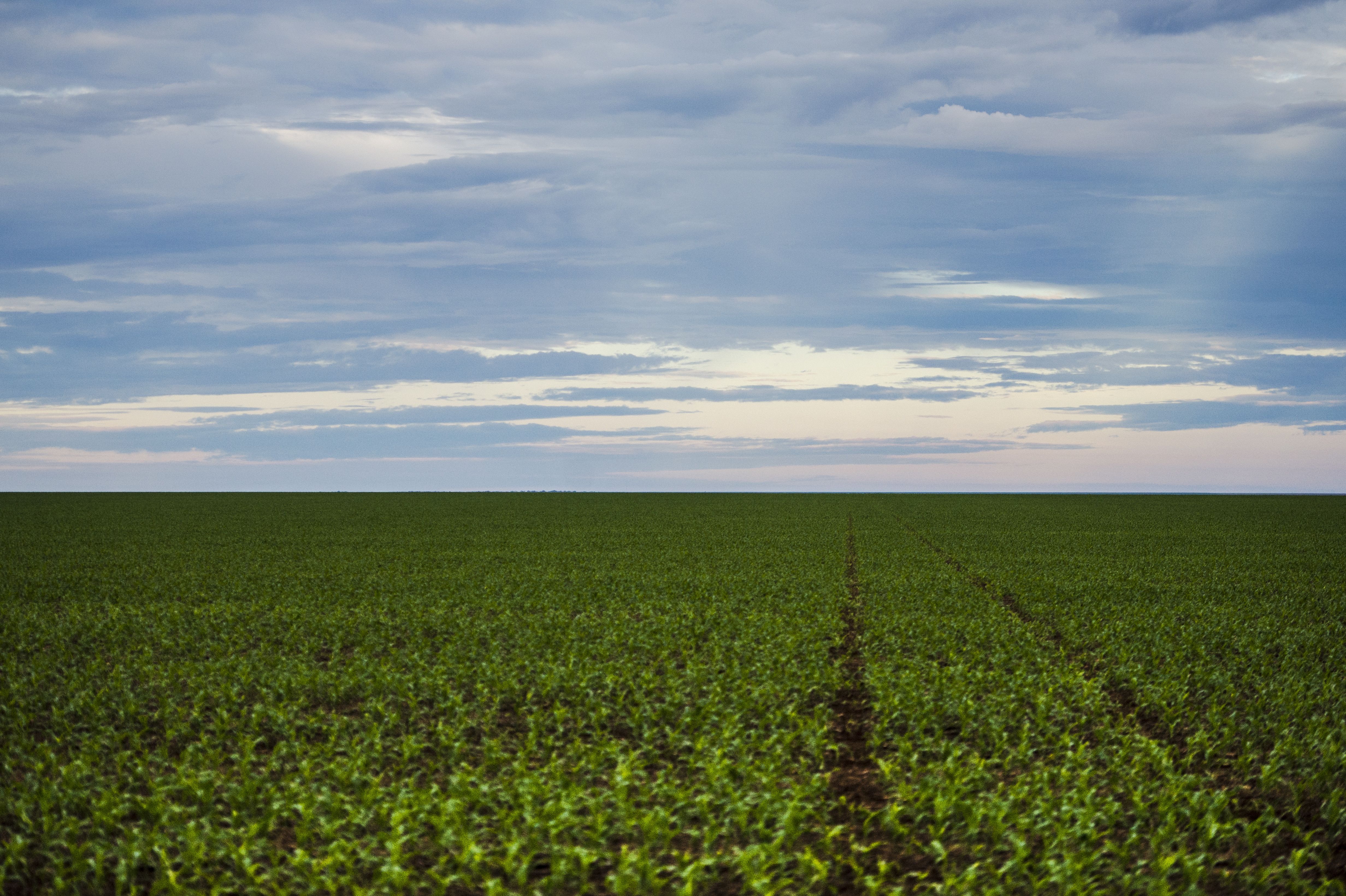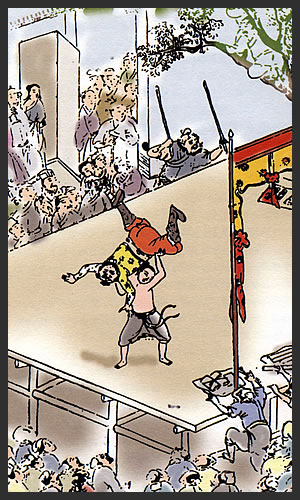|
Huka-huka
Huka-huka is a Brazilian folk wrestling style of the indigenous people of Xingu, in the state of Mato Grosso. It is performed as a ritual fight during the ceremony of Kuarup. Rules Huka-huka starts with the participants on their knees. It begins when the owner of the fight, a male chief, walks to the center of the arena and calls his opponents by name. The fighters kneel rotating clockwise in a circle facing the opponent, until they look at each other and cling, trying to lift the opponent and knock him to the ground The fight is performed by either men and women. Huka huka as a martial art Huka huka is being introduced, experimentally, in the formation of São Paulo State Military Police. The fight is also being studied by mixed martial arts Mixed martial arts (MMA) is a full-contact fighting combat sport, sport based on strike (attack), striking and grappling; incorporating techniques from various combat sports from around the world. In the early 20th century, vario ... [...More Info...] [...Related Items...] OR: [Wikipedia] [Google] [Baidu] |
Brazilian Martial Arts
Brazilian martial arts may refer to: *Brazilian jiu-jitsu, a martial art, combat sport, and a self-defense system that focuses on grappling and especially ground fighting *Capoeira, an Angolan and Brazilian martial art that combines elements of dance, acrobatics and music *Vale tudo (English: anything goes) are full-contact unarmed combat events, with a limited number of rules, that became popular in Brazil during the 20th century, later begin an influence to the development of MMA *Luta Livre, a self-defense martial-art mixture of Catch wrestling, Catch Wrestling and Judo, divided between ''Esportivo'' (Sports) and ''Vale Tudo'' (Anything goes) styles *Huka-huka, a form of indigenous folk wrestling practiced by the Yawalapiti people *Tarracá, a form of folk wrestling from the Brazilian northeast {{Sport index ... [...More Info...] [...Related Items...] OR: [Wikipedia] [Google] [Baidu] |
Folk Wrestling
A folk wrestling style is any traditional style of wrestling, which may or may not be codified as a modern sport. Most cultures have developed regional forms of grappling. Europe Britain Traditionally wrestling has two main centres in Great Britain: the West Country, where the Devon and Cornwall styles were developed, and in the Northern counties; the home of the Cumberland and Westmorland styles and Catch wrestling. North Country styles * Lancashire wrestling is a historic wrestling style from Lancashire in England known for its "Catch-as-catch-can", or ''no wrestling holds barred'', style. ** Catch wrestling, or Catch-as-catch-can, originated from Lancashire wrestling but was further developed during the travelling circus phenomenon of the 19th and early 20th century. * Backhold Wrestling, whose origin is unknown, was practised in North England and Scotland in the 7th and 8th century but competitions are held in present-day at the Highland and Border Games as well as in ... [...More Info...] [...Related Items...] OR: [Wikipedia] [Google] [Baidu] |
Kuarup
The Quarup or Kuarup is the principal funeral ritual of the Indigenous people of the Xingu. It is a gathering of all neighbouring tribes to celebrate life, death, and rebirth. One of its central events is the presentation of all young girls who have experienced menarche Menarche ( ; ) is the first menstrual cycle, or first menstruation, menstrual bleeding, in female humans. From both social and medical perspectives, it is often considered the central event of female puberty, as it signals the possibility of fe ... since the last quarup and whose time has come to choose a partner, they tint their bodies and wear many ornaments and dance. It is a festival for the dead. Further reading *Hampton, Christopher: "A Note on the Quarup". In: ''Savages'', London: Faber and Faber, 1974, p.17-18 *Pedro Agostinho da Silva, ''Kwarup: Mito e Ritual no Alto Xingu'', São Paulo, EDUSP, 1974 Xingu peoples Indigenous culture of the Amazon Indigenous culture in Brazil Funerals in Brazil ... [...More Info...] [...Related Items...] OR: [Wikipedia] [Google] [Baidu] |
Grappling
Grappling is a fighting technique based on throws, trips, sweeps, clinch fighting, ground fighting and submission holds. Grappling contests often involve takedowns and ground control, and may end when a contestant concedes defeat. Should there be no winner after the match time-limit has lapsed, competition judges will determine the winner based on who exerted more control. Grappling most commonly does not include striking or the use of weapons. However, some fighting styles or martial arts known especially for their grappling techniques teach tactics that include strikes and weapons either alongside grappling or combined with it. History Grappling appears in the earliest combat systems. In Mesopotamia and Ancient Egypt, depictions of wrestlers in grappling poses appear on tombs and artifacts dating back to 2000 BCE. The Greeks formalized grappling in the sport of pále, a key part of the Olympic pentathlon, and developed a hybrid striking-grappling art called pankr ... [...More Info...] [...Related Items...] OR: [Wikipedia] [Google] [Baidu] |
Contact Sport
A contact sport is any sport where physical contact between competitors, or their environment, is an integral part of the game. For example, gridiron football. Contact may come about as the result of intentional or incidental actions by the players in the course of play. This is in contrast to noncontact sports where players often have no opportunity to make contact with each other and the laws of the game may expressly forbid contact. In contact sports some forms of contact are encouraged as a critical aspect of the game such as Tackle (football move), tackling, while others are incidental such as when shielding the ball or contesting an aerial challenge. As the types of contact between players is not equal between all sports they define the types of contact that is deemed acceptable and fall within the laws of the game, while outlawing other types of physical contact that might be considered expressly dangerous or risky such as a high tackle or spear tackle, or against the spirit ... [...More Info...] [...Related Items...] OR: [Wikipedia] [Google] [Baidu] |
Brazil
Brazil, officially the Federative Republic of Brazil, is the largest country in South America. It is the world's List of countries and dependencies by area, fifth-largest country by area and the List of countries and dependencies by population, seventh-largest by population, with over 212 million people. The country is a federation composed of 26 Federative units of Brazil, states and a Federal District (Brazil), Federal District, which hosts the capital, Brasília. List of cities in Brazil by population, Its most populous city is São Paulo, followed by Rio de Janeiro. Brazil has the most Portuguese-speaking countries, Portuguese speakers in the world and is the only country in the Americas where Portuguese language, Portuguese is an Portuguese-speaking world, official language. Bounded by the Atlantic Ocean on the east, Brazil has a Coastline of Brazil, coastline of . Covering roughly half of South America's land area, it Borders of Brazil, borders all other countries and ter ... [...More Info...] [...Related Items...] OR: [Wikipedia] [Google] [Baidu] |
Xingu National Park
The Xingu Indigenous Park (, pronounced ) is an indigenous territory of Brazil, first created in 1961 as a national park A national park is a nature park designated for conservation (ethic), conservation purposes because of unparalleled national natural, historic, or cultural significance. It is an area of natural, semi-natural, or developed land that is protecte ... in the state of Mato Grosso, Brazil. Its official purposes are to protect the environment and the several nations of Xingu peoples, Xingu Indigenous peoples in the area. Location The Xingu Indigenous Park is on the upper Xingu River in the northeast of the state of Mato Grosso, in the south of the Amazon biome. It covers 26,420 square km (2,642,003 hectares, 6,528,530 acres), with savannah and drier semi-deciduous forests in the south transitioning to Amazon rain forest in the north. There is a rainy season from November to April. The headwaters of the Xingu River are in the south of the park. The area covered b ... [...More Info...] [...Related Items...] OR: [Wikipedia] [Google] [Baidu] |
Mato Grosso
Mato Grosso ( – ) is one of the states of Brazil, the List of Brazilian states by area, third largest by area, located in the Central-West Region, Brazil, Central-West region. The state has 1.66% of the Brazilian population and is responsible for 1.9% of the Brazilian GDP. Neighboring states (from west clockwise) are: Rondônia, Amazonas State, Brazil, Amazonas, Pará, Tocantins, Goiás and Mato Grosso do Sul. It is divided into 142 municipalities and covers an area of 903,357 square kilometers, consequently the state is roughly 82.2% of the size of its southwest neighbor, the nation of Bolivia. A state with a flat landscape that alternates between vast ''chapadas'' and plain areas, Mato Grosso contains three main ecosystems: the Cerrado, the Pantanal and the Amazon rainforest. The Chapada dos Guimarães National Park, with its caves, grottoes, tracks, and waterfalls, is one of its tourist attractions. The extreme northwest of the state has a small part of the Amazonian fores ... [...More Info...] [...Related Items...] OR: [Wikipedia] [Google] [Baidu] |
FUNAI
is a Japanese consumer electronics company headquartered in Daitō, Osaka. Currently, it is in liquidation. Apart from producing its own branded electronic products, it was also an OEM providing assembled televisions and video players/recorders to major corporations such as Sharp, Toshiba, Denon, and others. Funai supplies inkjet printer hardware technology to Dell and Lexmark, and produces printers under the Kodak name. Its United States–based subsidiary Funai Corporation, Inc., based in Torrance, California, markets Funai products in the US, along with Funai-licensed brands including Philips, Magnavox, Emerson Radio, and Sanyo. Funai is the main supplier of electronics to Walmart and Sam's Club stores in the US, with production output in excess of 2 million flat-panel televisions during the summertime per year for Black Friday sale. History Funai was founded by Tetsuro Funai, the son of a sewing machine manufacturer. During the 1950s before the company was form ... [...More Info...] [...Related Items...] OR: [Wikipedia] [Google] [Baidu] |
São Paulo State Military Police
SAO or Sao may refer to: Places * Sao civilisation, in Middle Africa from 6th century BC to 16th century AD * Sao, a town in Boussé Department, Burkina Faso * Serb Autonomous Regions (''Srpska autonomna oblast'', SAO), during the breakup of Yugoslavia Science and technology * Smithsonian Astrophysical Observatory of the Smithsonian Institution in Cambridge, Massachusetts, U.S. ** Smithsonian Astrophysical Observatory Star Catalog, which assigns SAO catalogue entries * Special Astrophysical Observatory of the Russian Academy of Science (SAO RAS) * Session-At-Once, a recording mode for optical discs Transportation * Saco Transportation Center, a train station in Saco, Maine, U.S., station code SAO * Sahel Aviation Service, Mali, ICAO airline code SAO * Airports in Greater São Paulo, Brazil, IATA airport code SAO People * Ligi Sao (born 1992), a Samoan rugby league player * Ron Sao, Western Australian politician Other uses * Sao (moon), a satellite of Neptune * Sao (my ... [...More Info...] [...Related Items...] OR: [Wikipedia] [Google] [Baidu] |
Mixed Martial Arts
Mixed martial arts (MMA) is a full-contact fighting combat sport, sport based on strike (attack), striking and grappling; incorporating techniques from various combat sports from around the world. In the early 20th century, various inter-stylistic contests took place throughout Japan and the countries of East Asia. At the same time, in Brazil there was a phenomenon called vale tudo, which became known for unrestricted fights between various styles such as judo, Brazilian jiu-jitsu, catch wrestling, luta livre, Muay Thai and capoeira. An early high-profile mixed bout was Masahiko Kimura vs. Hélio Gracie, Kimura vs Gracie in 1951. In mid-20th century Hong Kong, rooftop street fighting contests between different martial arts styles gave rise to Bruce Lee's hybrid martial arts style Jeet Kune Do. Another precursor to modern MMA was the 1976 Muhammad Ali vs. Antonio Inoki, Ali vs. Inoki exhibition bout, fought between boxer Muhammad Ali and wrestler Antonio Inoki in Japan, where ... [...More Info...] [...Related Items...] OR: [Wikipedia] [Google] [Baidu] |




